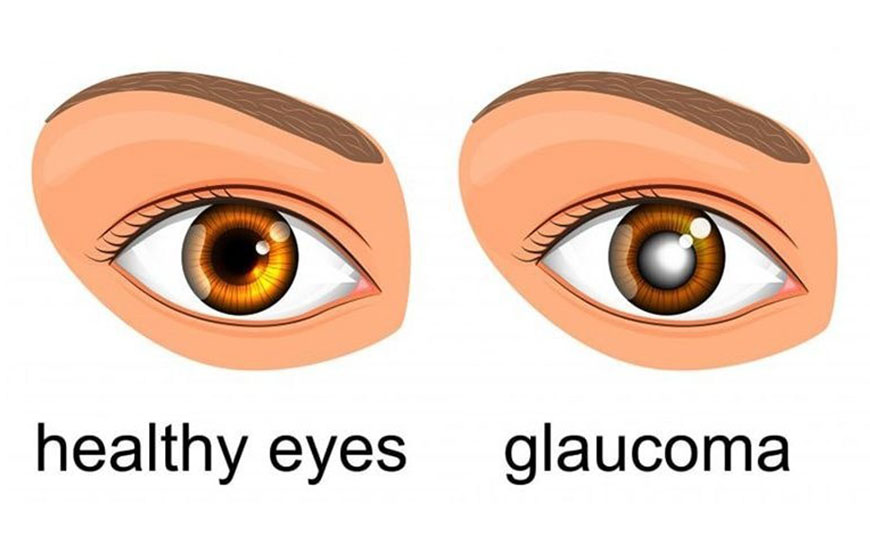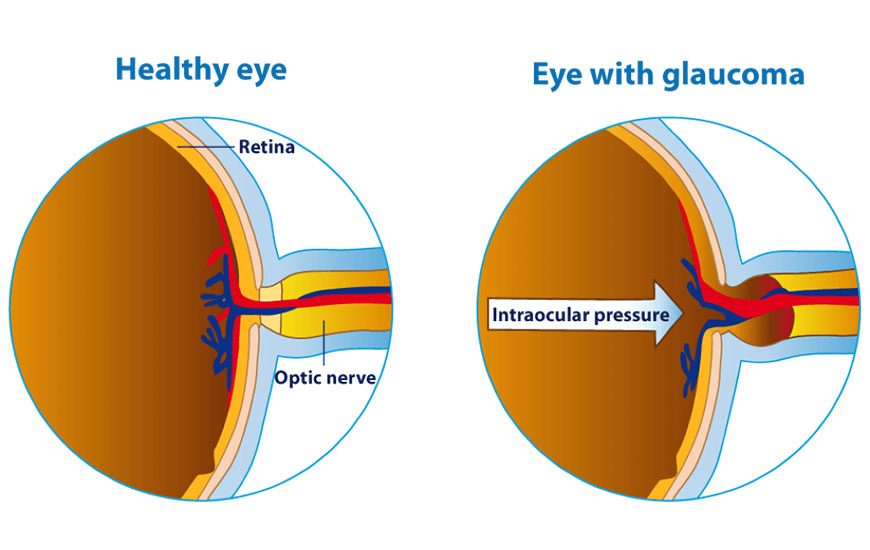
As a matter of fact, Glaucoma is one of the leading causes of blindness in the world today. It’s estimated that over 80,000 people turn blind from glaucoma every year in the US.
Enlarged lens or cataract is the most identifiable cause which results in glaucoma. Early cataract surgery and trabecular bypass have been proven to be the best option to stop vision loss in patients with glaucoma.
The use of eyedrops and laters help to lower intraocular pressure but do not address the causative mechanism of the glaucoma. Incisional cataract surgery and glaucoma surgery is often required to truly stabilize glaucoma.

It’s highly suggested that we should be screened on a regular basis for glaucoma as part of medical eye exam. Screening should consists of gonioscopy (examination of the drainage angle), intraoculaire pressure measurement with Goldmann application tonometry, and a dilated optic nerve examination.
If there is any abnormal pressure or damage to the optic nerve, then a visual field test should be conducted, taking photos of optic nerve. Persons with thin corneas should be more carefully monitored because glaucoma tends to be worse in these patients. Opticians play a vital role to ensure their clients/patients are well informed about having eye check-ups for glaucoma and educating them to be compliant with their follow-up appointments with their ophthalmologists or optometrists. Opticians should always keep in mind that patients with low vision from vision loss with glaucoma may also require magnifiers. If someone has elevated eye pressure or glaucoma, and has a feeling of losing vision, it’s recommended that they seek the care of a specialist for a second opinion.
Stay particularly vigilant with their checkups. People with conditions such as glaucoma and diabetic retinopathy could go blind if left unchecked.

